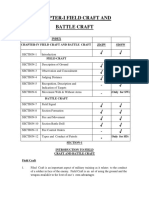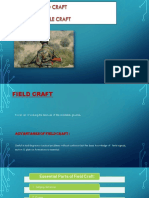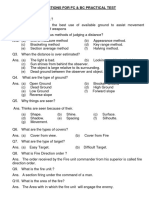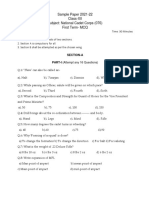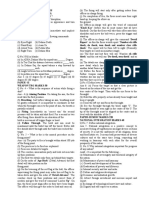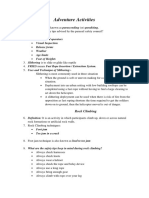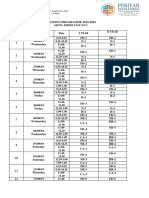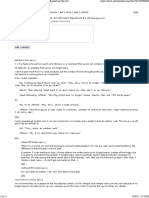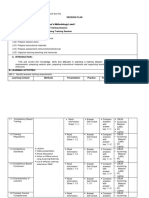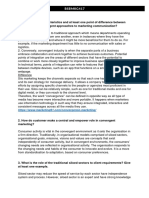0% found this document useful (0 votes)
10K views8 pagesIntroduction To Field Craft
This document provides an introduction to field craft and battle craft for military training. It discusses key subjects like visual training, camouflage, judging distances, section formations, fire control orders, and fire and movement tactics. Field craft involves using terrain and weapons to one's advantage, while battle craft consists of essential drills for combat operations. Accurately judging distances is important for decisions around targeting and passing information.
Uploaded by
VIJAYALAKSHMICopyright
© © All Rights Reserved
We take content rights seriously. If you suspect this is your content, claim it here.
Available Formats
Download as PDF, TXT or read online on Scribd
0% found this document useful (0 votes)
10K views8 pagesIntroduction To Field Craft
This document provides an introduction to field craft and battle craft for military training. It discusses key subjects like visual training, camouflage, judging distances, section formations, fire control orders, and fire and movement tactics. Field craft involves using terrain and weapons to one's advantage, while battle craft consists of essential drills for combat operations. Accurately judging distances is important for decisions around targeting and passing information.
Uploaded by
VIJAYALAKSHMICopyright
© © All Rights Reserved
We take content rights seriously. If you suspect this is your content, claim it here.
Available Formats
Download as PDF, TXT or read online on Scribd
/ 8



